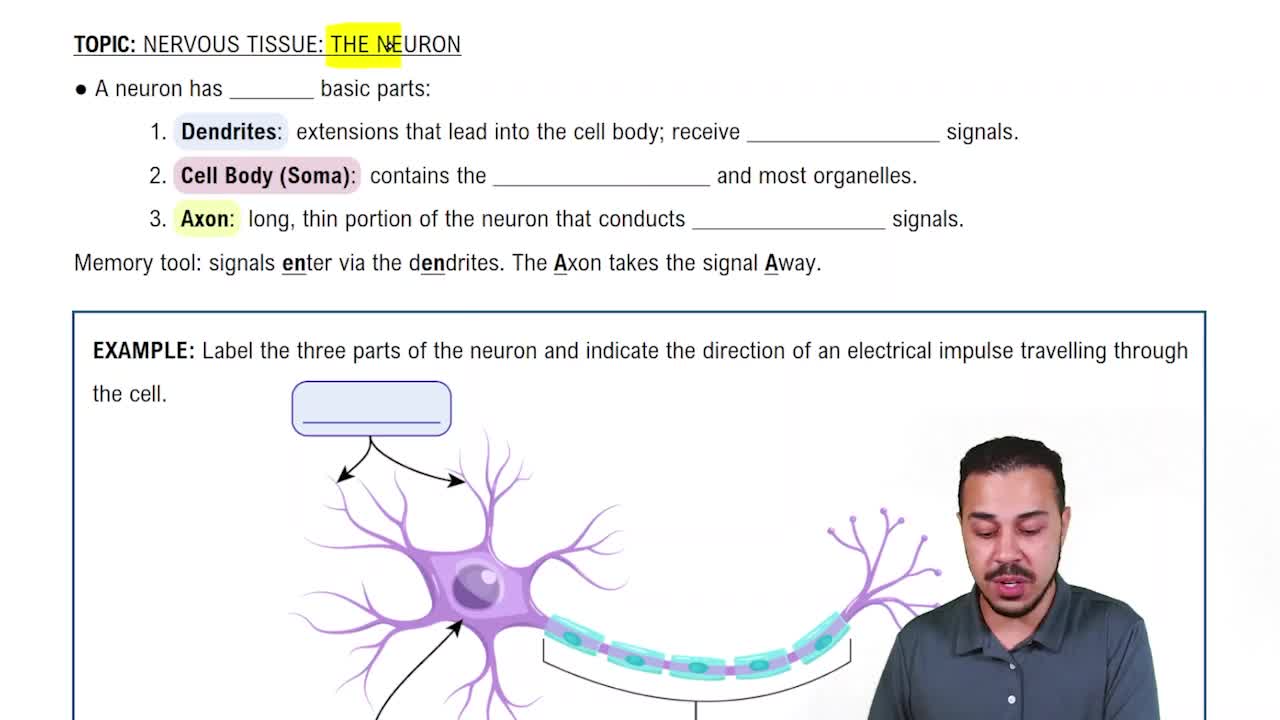Mark the following statements about the spinal cord as true or false. If a statement is false, correct it to make a true statement.
The spinal cord functions as a relay and processing station.
 Verified step by step guidance
Verified step by step guidance Verified video answer for a similar problem:
Verified video answer for a similar problem:


 1:32m
1:32mMaster The Central Nervous System with a bite sized video explanation from Bruce Bryan
Start learning